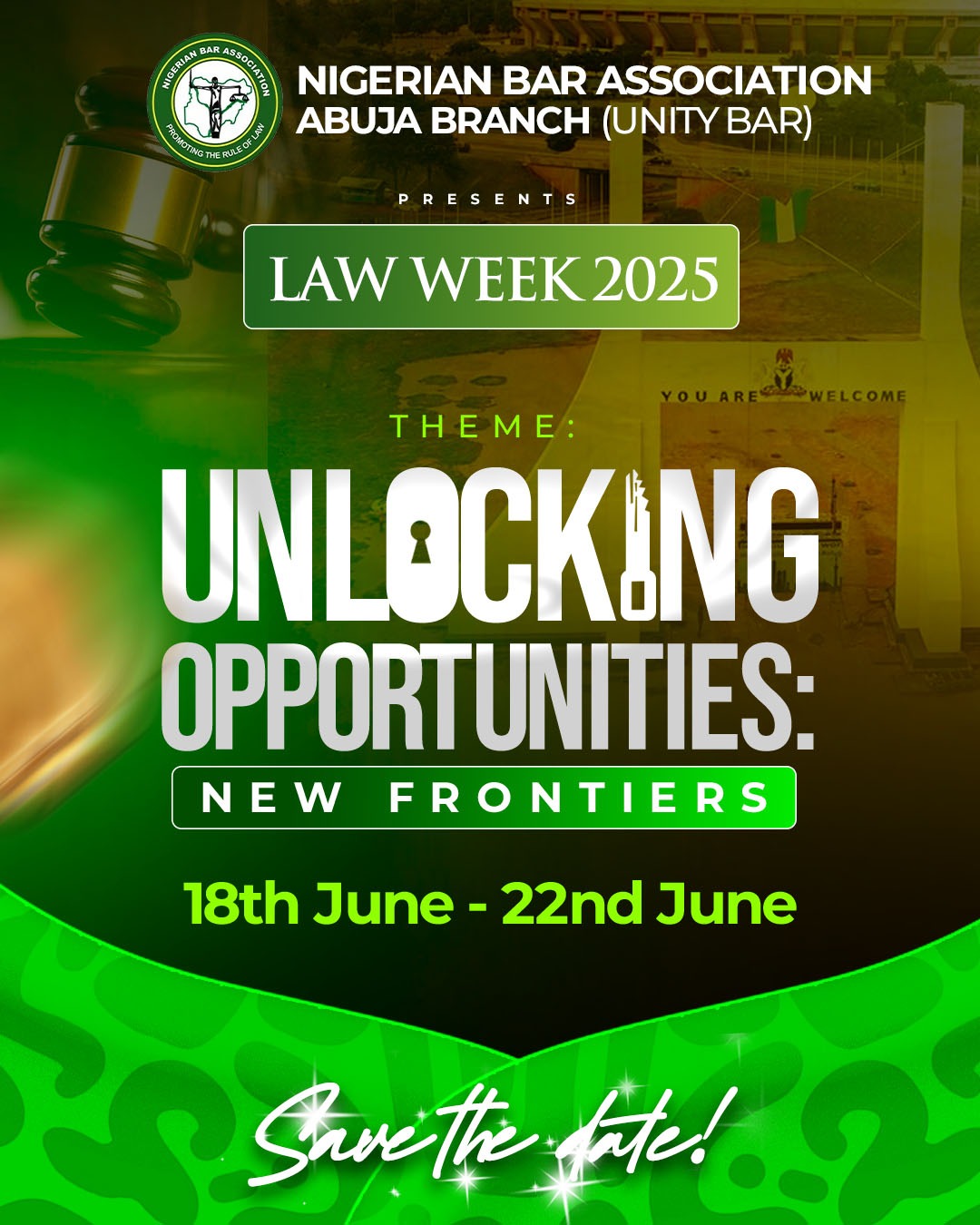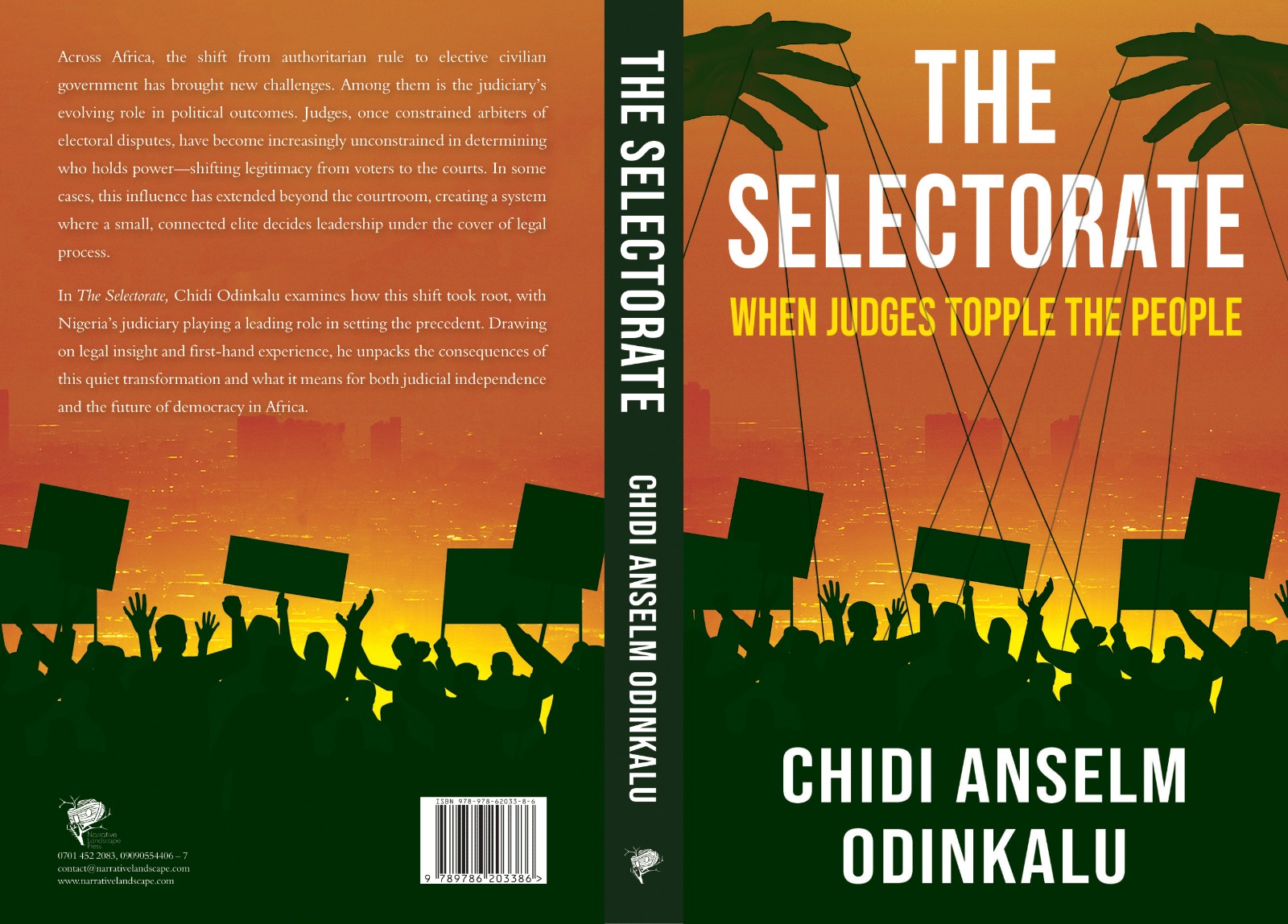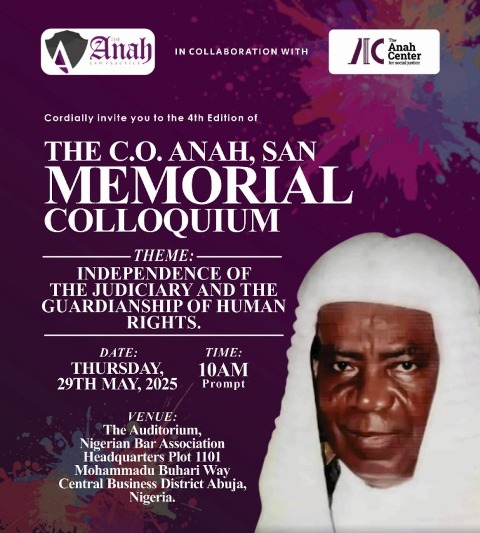By Kirsten Okenwa
The world watched as the Obamas unveiled their portraits during a ceremony at the Smithsonian’s National Portrait Gallery, on February 12, 2018 in Washington, DC. It was a show of the artistic prowess of two African-American artists who were commissioned to create the art. Mr. Obama’s portrait was painted by Kehinde Wiley, an established African-American artist whose father is Yoruba from Nigeria, and his mother an African-American. Michelle Obama’s portrait was by Amy Sherald who became the art world’s latest sensation.
There are many more African artists creating cultural gems within and outside Africa. In June 2018, Yinka Shonibare, a British- Nigerian artist at his prestigious show in London, asked, “Can political art be beautiful? Can beauty itself be a form of resistance? Mr. Shonibare’s new exhibition was curated at the Stephen Friedman Gallery in London.
The exhibition, Talisman in the Age of Difference, features works by artists mostly of African origin, ranging from rising talent to established players. Those with work in the show include the 2017 Turner Prize winner, Lubaina Himid; Kehinde Wiley, who recently painted Barack Obama for the National Portrait Gallery in Washington; the Egyptian artist Ghada Amer; and Marlene Dumas from South Africa.
Shonibare is known for sculptures and installations that engage with the history of colonialism and globalisation. He is a member of the Royal Academy of Arts, and, in his work, he has restaged classic 18th century paintings with headless mannequins wearing brightly coloured, African prints. In 2012, he installed a giant ship in a bottle on the empty fourth plinth in Trafalgar Square in London that also featured richly patterned, African-style textiles for the vessel’s sails. Shonibare said that the exhibition was a reaction to “the resurgence of extreme right-wing politics and xenophobia across the globe” and in the spirit of African resistance.
“Neither being out of time nor belated, contemporary African art strategically inhabits a third epistemological space by being in time,” wrote Okwui Enwezor and Chika Okeke-Agulu in their 2009 book Contemporary African Art Since 1980. In mind of that, they suggest considering contemporary African art as “a tapestry of overlapping, contingent, and incommensurable spaces of production whose features change and blend into new aesthetic systems and artistic cultures as they interact with and absorb diverse influences, both in situations of engaged exchange and in critical resistance.”Some people reason that African art is not art in the Occidental sense. It is not valued for its beauty but for its spiritual effect. The idea of individual originality is foreign to it because it is made according to static forms and traditions passed down through the generations by anonymous artists. Despite multiple interpretations, African art and African artists are blazing the trail. Around the world in museums of art, African art is framed as a contemporary art form in its own right, not just an aesthetic enabler for a century of Modern artists.






Awesome
I like this
You have done a good job with the law magazine. excellent!!!
Do you have a spam problem on this site; I also am a blogger, and I was curious about your situation; many of us have developed
some nice methods and we are looking to exchange techniques with other folks,
why not shoot me an e-mail if interested.
Here is my web page; Marco